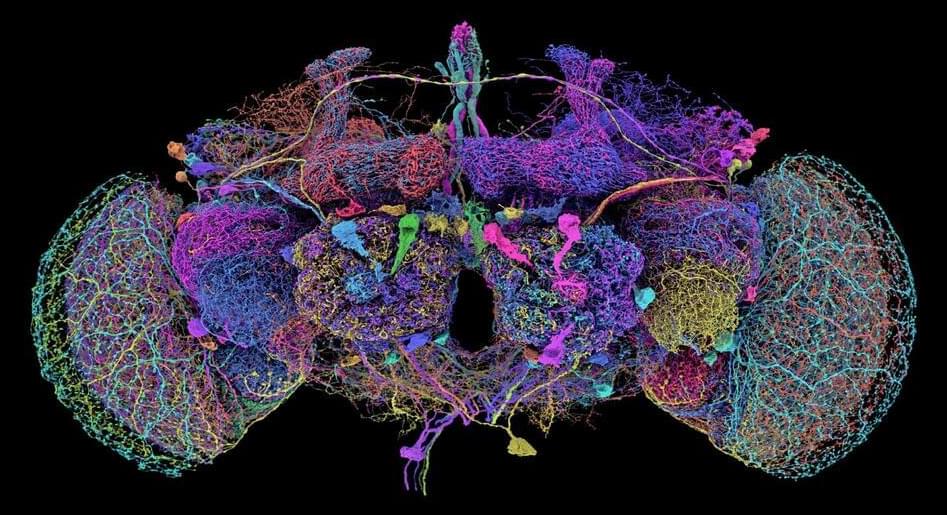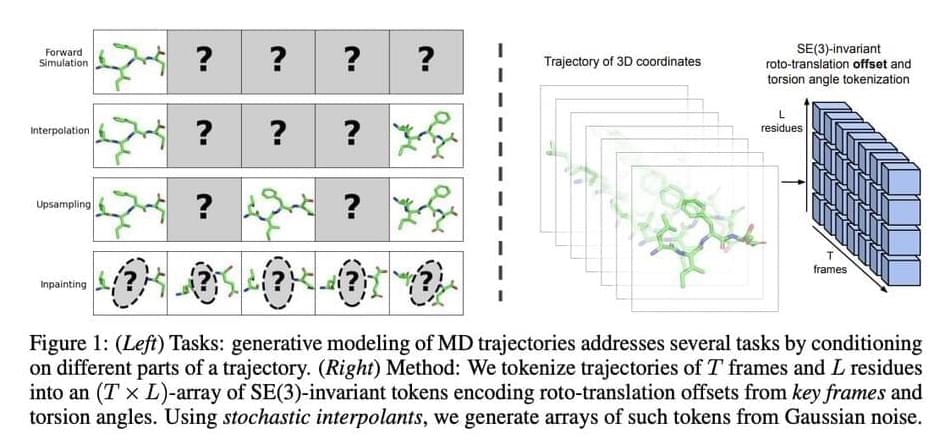Oct 5, 2024
This 3D printer can figure out how to print with an unknown material
Posted by Omuterema Akhahenda in categories: 3D printing, energy
While 3D printing has exploded in popularity, many of the plastic materials these printers use to create objects cannot be easily recycled.
The automatically generated parameters can replace about half of the parameters that typically must be tuned by hand. In a series of test prints with unique materials, including several renewable materials, the researchers showed that their method can consistently produce viable parameters.
This research could help to reduce the environmental impact of additive manufacturing, which typically relies on nonrecyclable polymers and resins derived from fossil fuels.

















